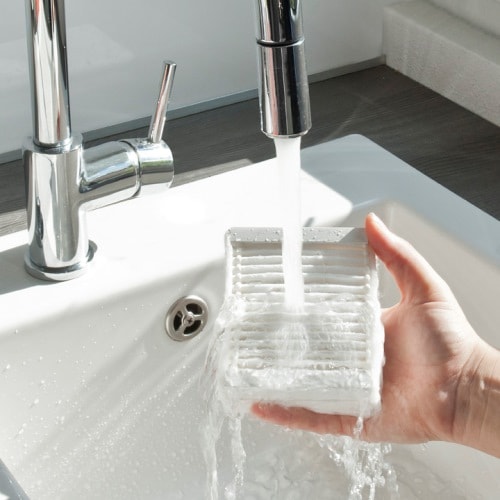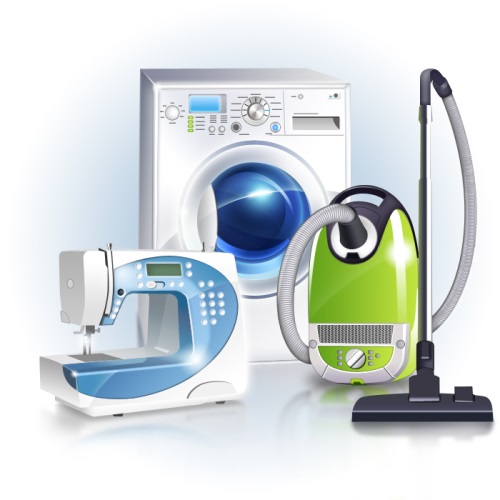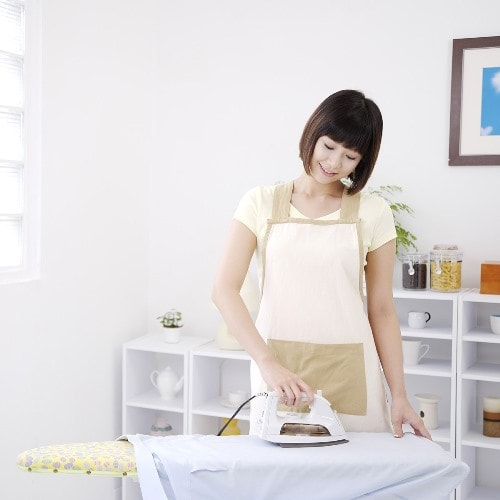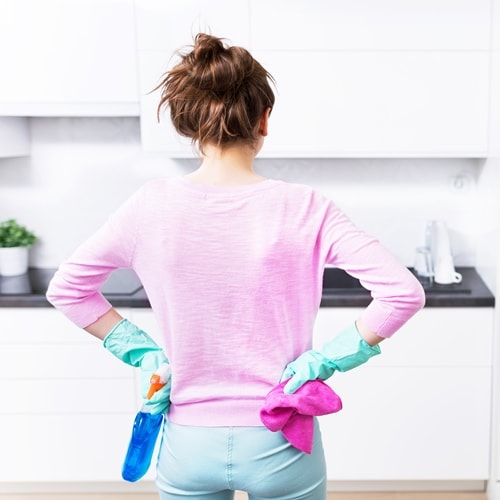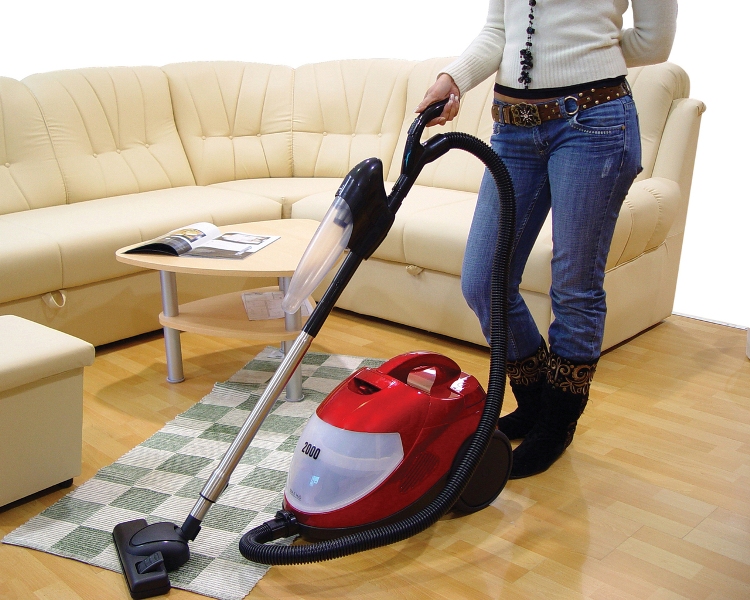Dishwasher Maintenance Tips

Any dishwasher requires careful use and regular maintenance, as its service life directly depends on it. We decided to find out how to take care of a dishwasher properly for its long smooth operation.
Usage recommendations
-
Remove food scraps
So that filters do not get clogged with food scraps, remove large pieces of food before loading dishes into a dishwasher.
-
Load a dishwasher properly
Don’t overload it. You can always find the recommended number of dish sets for your dishwasher in its instructions. It can be from 9 to 16 sets depending on a dishwasher size and model. To ensure that dishes do not prevent free water circulation and are not damaged, load them evenly. The dirtiest dishes, large pots, and fatty pans are better put in the lower compartment since water comes there at the highest pressure.
-
Proper washing mode
If dishes are too dirty or remnants of food already stuck to their surface, you can run a dishwasher in the Enhanced mode. But if you wash dishes immediately after the meal or you do not fully load a dishwasher, use Everyday, Fast or Careful modes (they are called differently depending on a dishwasher model). They allow saving water, electricity, detergents and time.
-
The right choice of detergents
There are special detergents for dishwashers (powders, tablets or capsules with liquid). It is recommended to use only them, since using a usual dishwashing gel creates increased foaming and can even break down the dishwasher mechanics. If you have run out of special dishwasher detergents, it is better to wash dishes by hand.
-
Wash only certain type of dishes
You must not automatically wash crystal sets, wooden cutting boards, cutlery with elements of wood and mother-of-pearl. These items can break or get damaged during washing and besides the external damage even damage the inner parts of your dishwasher.
Dishwasher maintenance detergents
Even though a dishwasher is intended for washing kitchen utensils, it needs regular cleaning itself. All detergents for dishwashers can be grouped into three main types:
- Tablets are the most popular dishwasher cleaners among housewives, as they provide full-fledged care for both the machine and the dishes.
- The powder is cheaper, but less convenient since it requires constant measuring for different washing regimes and amount of dishes.
- The gel must also be measured for each wash cycle. You can also purchase already dosed portions of the gel in capsules that dissolve in water.
In addition to these main detergents, we recommend using additional ones.
Rinse aid is used to avoid stains on dishes after washing. It makes dishes shine and look like new. It is added to a special rinse aid compartment at the final washing cycle
The freshener eliminates the unpleasant odor in a dishwasher. It is very cost-effective as one piece if it attached to the upper basket can be used for several dozen cycles.
A special salt for the dishwasher is used to soften water and prevent scale and limescale on all dishwasher parts contacting with water. It can be purchased as a powder or in tablets.
Cleaning a dishwasher
It is much easier, cheaper and easier to wipe a dishwasher after each cycle than doing a full cleaning every six months. Some cleanings must be regular. Experts recommend the following:
- Wipe the dishwasher inside dry after each cycle.
- Wipe the dust on the outside with a damp cloth.
- Leave a dishwasher door open to evaporate the remaining moisture after the end of washing.
- Wipe sealants (rubber gaskets) with a damp cloth and then with a dry cloth after each cycle. “General cleaning” of seals with detergents and a narrow brush (suitable and soft tooth) can be done every few months.
- Wash a mesh filter at least once a week (if using a dishwasher every day). Fat particles turn into a plaque that clogs small holes in the filter grid and prevent its smooth operation.
- Rinse the hose and drain as follows: shut off the water supply, pour 2-3 liters of boiling water to the bottom of an empty dishwasher, close the door and turn on the washing mode. Repeat the procedure 2-3 times.
Removing scale
To remove scale, fill a detergent tank with baking soda, citric acid or vinegar and then run an empty dishwasher. After the end of the cycle, remove the dirt inside a dishwasher and run another cycle again for rinsing, this time without detergents.
Removing mold
Mold indicates high humidity inside a dishwasher. If the above-mentioned method of opening a dishwasher door after each cycle does not help, use a more radical method – use a dishwasher detergent with a bleaching effect. Their chemical properties are very strong, so it is recommended to use them in small amounts and not too often.
Removing rust
If a dishwasher basket got rusty, just buy a paint sealant for a dishwasher and cover the damaged areas with it. If corrosion has corrupted the basket too much, it is better to replace it with a new one. If the reason of rust is hard water with a lot of iron in it, we recommend buying a special dishwasher filter. If the reason is old rusty pipes, that water comes into a dishwasher from, the only way out is replacing them.
Follow these dishwasher maintenance tips and your dishwasher will work smoothly and effectively for many years.

